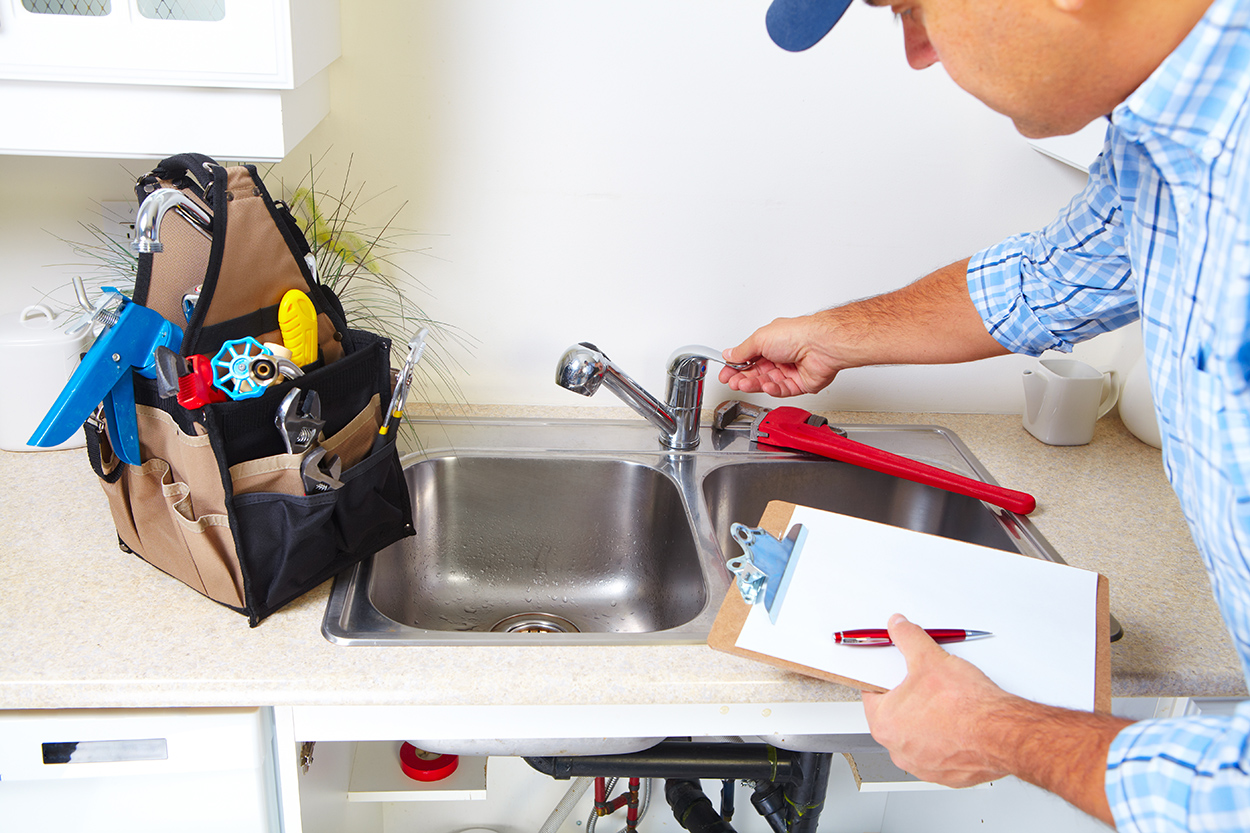
Main Drainpipe and Floor Drain Blockage
Floor drains, such as those located in basements or in your bathroom shower, can become blocked relatively easily due to the amount of sedimentary material we regularly flush through them. This material can build up over time, resulting in a blockage which can cause the drain to stop working properly, or even to stop working altogether.
You can start by using a garden hose to flush as much water as you can through the drain. You should push your hose as far into the drain pipe as you can, and then pack some wet cloths around the hose where it meets the drain opening. Once the hose is securely in place, turn the water on maximum power and see if the blockage shifts.
If it doesn’t, you may need to check your house’s plumbing trap, which is usually a U-shaped structure installed somewhere underground. Find the relevant fitting by looking for two clean out plugs sitting adjacent to each other in the floor. Pack some cloths around the worksite before you begin.
At this point, you should try using a plumbing snake if you have access to one, and attempt to clear the blockage located in the house trap. If you fail to dislodge the blockage after a few goes, you should probably call it quits and replace the trap plug – then call in a professional.
You may be unable to clear the blockage if it is caused by something solid, such as tree roots growing in the pipe joints. This often happens in a home’s main drain, located in a pipe near your laundry or basement area. The only way to solve this problem is to use an electric power auger to shred the roots. You can rent power augers from many hardware rental outlets or home improvement stores.
If you rent a power auger, feed it into the drain slowly and in a clockwise manner. Press down on the foot pedal as you push the cable further into the drain, this spins the blades and breaks up any material which may be obstructing drainage. If there are roots present in the drain, you will feel resistance or notice the motor struggling as the auger comes into contact with them. You should keep pushing, slowly, until you have broken through, then reverse the rotation and draw the auger back towards you slowly. Repeat this process until you no longer feel any resistance.
Once the blockage has been broken up by the auger, switch the power off and draw it back in carefully. Retrieve your garden hose and repeat the step we discussed earlier, packing wet rags around the spot where the hose meets the entrance to the drain. Turn the water on full to wash away any debris.
Tree roots are a perennial problem for some homeowners, as they can grow back a year or so after you’ve removed them. If you want a permanent solution, you’ll need to remove the tree that you suspect may be causing the problem.
This main drain trap is probably the most important part of your home’s plumbing system, so you should make yourself aware of how to access it and maintain it appropriately.












